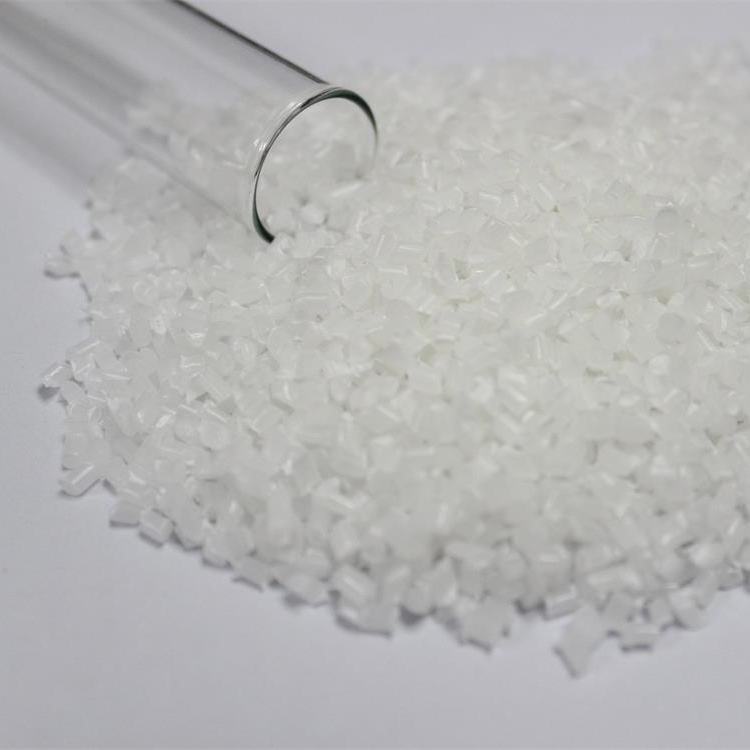
- +8615880211820
- [email protected]
- No.67, Tongan Industry Park, Xiamen
In the ever-evolving world of plastics, innovation remains the driving force behind the creation of materials that meet higher standards of performance. One such innovation comes in the form of Plastic Virgin PS Blue Masterbatch Additives, a remarkable product that has taken the plastic industry by storm. With meticulous attention to detail, a commitment to quality, and a focus on environmental friendliness, this new PS blue masterbatch supplier promises to elevate your plastic production experience.
The PS blue masterbatch supplier is the embodiment of a brilliant design, powered by state-of-the-art processing technology and premium quality raw materials. This commitment to excellence is evident in every aspect of the product, ensuring that it reaches a level of performance that meets and exceeds the highest industry standards.
Blue masterbatch is, essentially, a concentrated mixture of granular base resin, blue pigment, and plastic additives. This versatile and essential component is utilized extensively in various plastic processing methods, including film production, extrusion, injection molding, and foaming. What sets it apart is its unique ability to not only enhance the properties of plastic products but also add a vibrant splash of color.
Blue masterbatch belongs to the broader category of color masterbatches. As a typical grade of masterbatch, it plays a pivotal role in adding color and functionality to plastics. The process of creating masterbatch is quite fascinating; it involves encapsulating pigments and additives in a thermosetting process within a carrier resin. The resulting mixture is then cooled and cut into granules, ready for integration into the plastic manufacturing process.
The advantages of using blue masterbatch in plastic production are plentiful, making it a standout choice for manufacturers seeking efficiency and excellence:
Good Dispersibility: Blue masterbatch ensures that pigments and additives are evenly dispersed throughout the plastic matrix, eliminating issues of uneven coloring.
Compatibility: It plays well with a wide range of primary resins, including PP, PE, PS, AS, and ABS. This versatility makes it a valuable addition to various plastic applications.
Vibrant Coloration: One of the primary functions of blue masterbatch is to infuse a rich, consistent color into plastic products, making them visually appealing.
Anti-Clumping: Say goodbye to patchy results. Blue masterbatch prevents clumping and ensures an even color distribution throughout the material.
Environmentally Friendly: In an era where sustainability is paramount, blue masterbatch stands out as an eco-conscious choice, adhering to environmentally friendly production standards.
Stability: It remains stable even when subjected to changes in weather and surrounding conditions, ensuring the longevity of the color and properties of the plastic product.
Customizable Color Mixing: The ability to mix colors at different levels according to specific sample requirements provides manufacturers with an invaluable tool for product customization.
Cost Savings: Economically coloring raw polymer during the plastic manufacturing process leads to significant cost savings, making it a wise investment for businesses.
In conclusion, Plastic Virgin PS Blue Masterbatch Additives represent the future of plastic production. With their excellent dispersibility, compatibility with various resins, and the ability to create vibrant, stable colors, they offer a superior and sustainable solution for enhancing plastic products. This new breed of masterbatch supplier is setting a new standard in the industry, ensuring both product excellence and environmental responsibility. Embrace the future of plastics with blue masterbatch, where quality, versatility, and cost-efficiency converge to create a superior plastic production experience.
Our masterbatches find a multitude of applications across diverse industries. Whether in plastics, textiles, or various manufacturing processes, our masterbatches play a pivotal role in enhancing product quality and performance. With customizable formulations, they offer color consistency, UV protection, flame resistance, and more, making them the go-to solution for countless applications. From automotive parts to packaging materials, our masterbatches are the trusted choice for achieving superior results across a wide spectrum of industries.
Our custom masterbatches are designed to match specific polymers, ensuring optimal performance when incorporated into your selected material. We have the capability to produce masterbatches suitable for a variety of polymers mentioned below, and many more. If you’re working with a material that isn’t listed here, please don’t hesitate to reach out to our knowledgeable technical team to explore the possibility of meeting your specific needs.
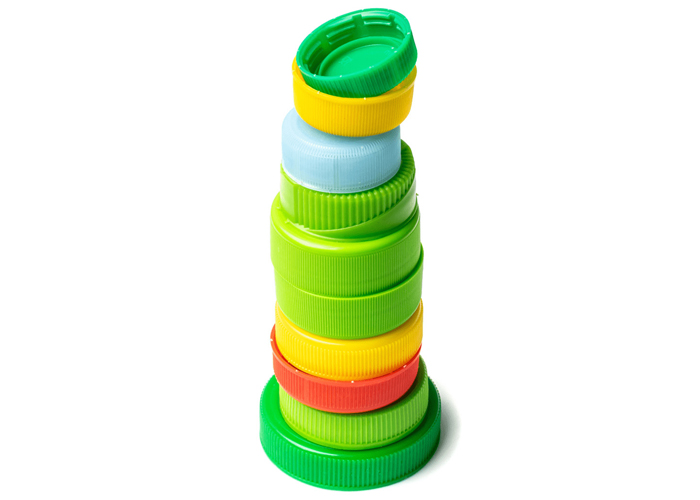
Low Density Polyethylene – Somewhat more translucent than HDPE and considerably more pliable, primarily employed in flexible packaging, tote bags, pliable tubing, film applications, and similar uses. Like HDPE, it has limited transparency characteristics. It exhibits outstanding chemical resistance to alcohols, acids, and alkalis but has restricted resistance to hydrocarbon solvents and mineral oils. Prolonged exposure to UV radiation can initiate degradation.
High-Density Polyethylene – Featuring a somewhat milky-white appearance, this material finds wide application in rigid bottle packaging, injection-molded caps and closures, crates, and more. Its natural opacity can limit the degree of transparency attainable. HDPE exhibits superior chemical and solvent resistance when compared to LDPE.

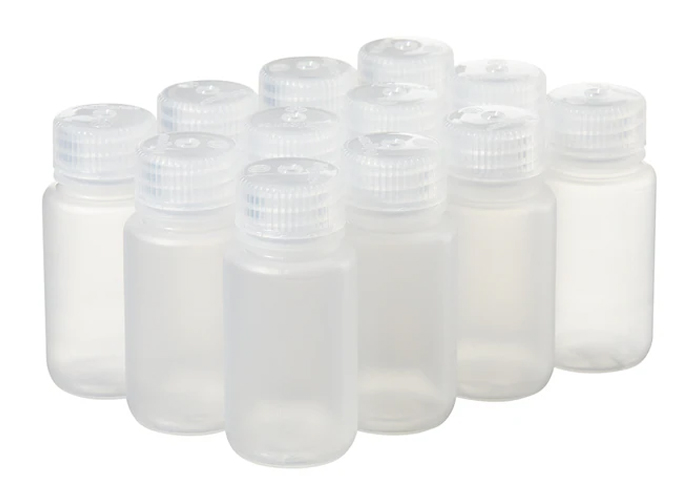
PPCO Random & PPHO – A polymer with moderate clarity, employed in the production of caps and closures. It is also utilized for crafting household items, buckets, toys, and storage containers. Polypropylene offers flexibility without significant limitations on color or special effects. Random copolymer boasts greater clarity compared to homopolymer and is better suited for creating translucent shades.
PPCO Block – Similar to PPCO but enhanced for increased impact resistance. An additive renders the polymer white, resulting in high opacity. This characteristic may limit the achievable transparency.
Polyethylene Terephthalate (PET) – Polyester materials exhibit robust mechanical strength along with excellent chemical resistance and barrier properties. PET is frequently chosen for the production of carbonated beverage containers. Moreover, polyester can be spun and employed in textile manufacturing for clothing. PET is highly transparent, making it an excellent choice for translucent packaging, although a subtle hint of “yellowing” may impact extremely light tints.
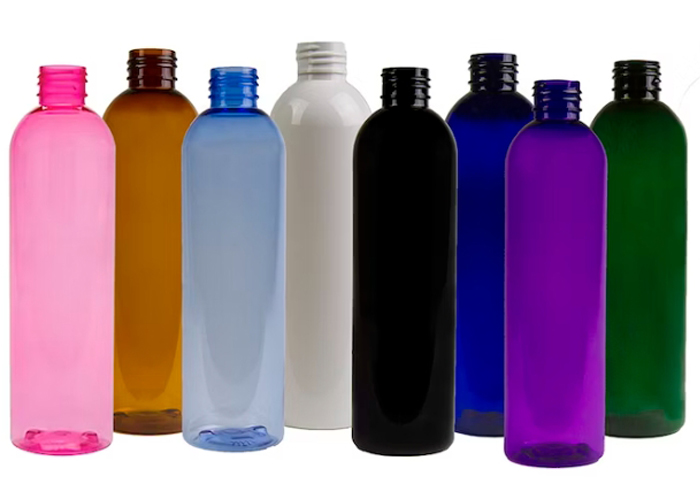
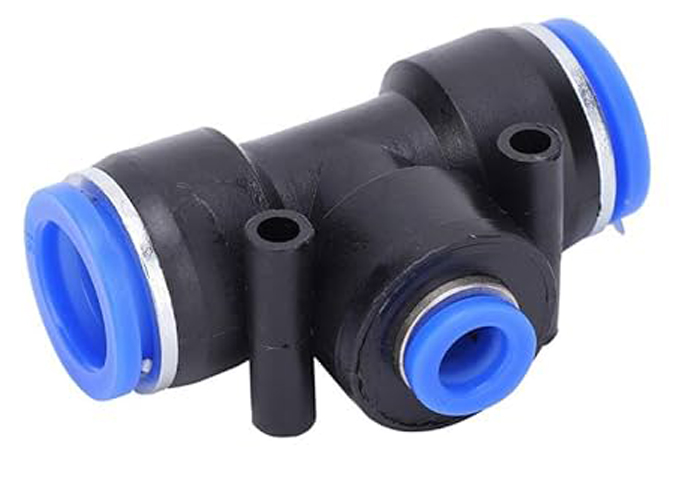
Polybutylene Terephthalate – A crystalline thermoplastic engineering polymer frequently employed as an insulating material within the electronics sector. This substance belongs to the polyester category, showcasing a remarkable equilibrium of attributes and processing qualities.
General Purpose Polystyrene – Exhibiting a glass-clear appearance but possessing minimal impact resistance, this material finds its primary application in CD cases. Its notable clarity renders it suitable for creating translucent hues, although an occasional violet tint may be discernible.
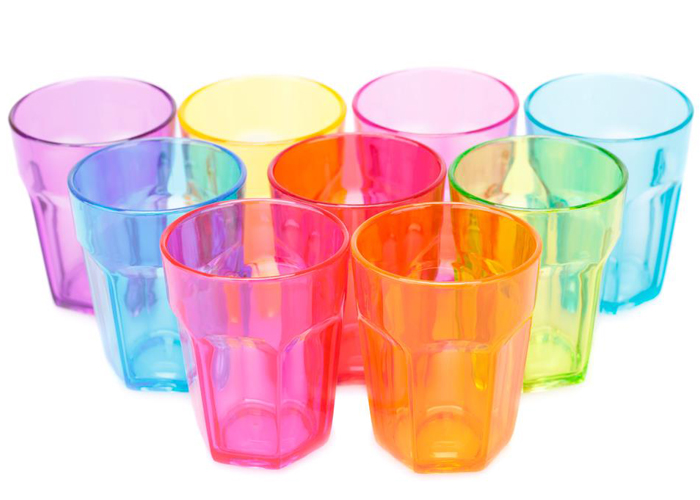
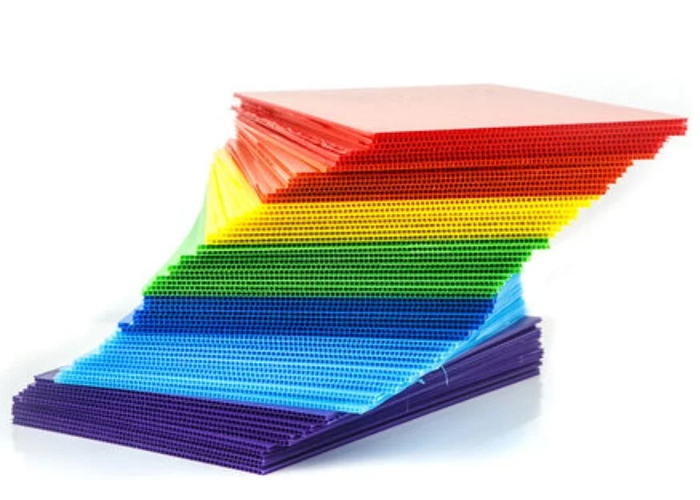
High Impact Polystyrene – Derived from GPPS by incorporating an impact-enhancing agent to boost its resistance to impacts. This added component results in the polymer becoming white, and different formulations provide varying degrees of opacity. Typically employed in the fabrication of game pieces, toys, and similar items. Its pronounced whiteness can pose challenges when aiming for translucent coloration. Specialized alternatives like K-Resin and Styrolux are accessible in the market to attain the same level of translucency as GPPS.
Acrylonitrile Butadiene Styrene (ABS) – A more robust iteration of High Impact Polystyrene (HIPS) employed in high-value components. ABS exhibits greater durability compared to HIPS-made components, although it encounters similar challenges when attempting to achieve translucent colorations. Just like HIPS, ABS offers specialized translucent variants. Owing to its durability, ABS is commonly used in crafting casings for power tools.

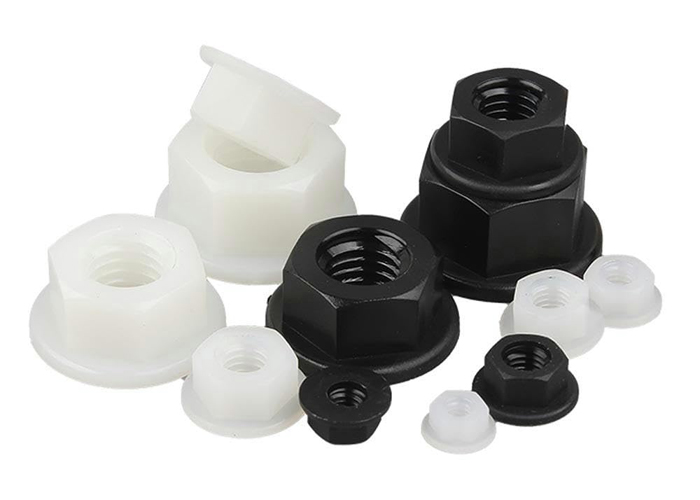
Polyamide (6, 66) – Nylon represents a versatile grade extensively employed in mechanical construction and maintenance. Its popularity stems from its excellent blend of mechanical strength, rigidity, mechanical damping characteristics, and effective electrical insulation capabilities. Consequently, nylon is a preferred material for manufacturing electrical enclosures. PA66 serves as a common alternative to metal across diverse applications, with its chemical and physical attributes closely resembling those of PA6. PA6 exhibits superior impact resistance and resistance to solvents, albeit with a heightened susceptibility to moisture absorption.
Styrene Acrylonitrile Copolymer – Possessing transparency and outstanding chemical and heat resistance, SAN also boasts good rigidity, tensile strength, and flexural strength. Thanks to its high-gloss finish, SAN is commonly chosen for cosmetic packaging purposes. However, achieving light tint colors with SAN can be challenging due to the violet dyestuffs inherent in the material, which are utilized to enhance its visual appearance during manufacturing.
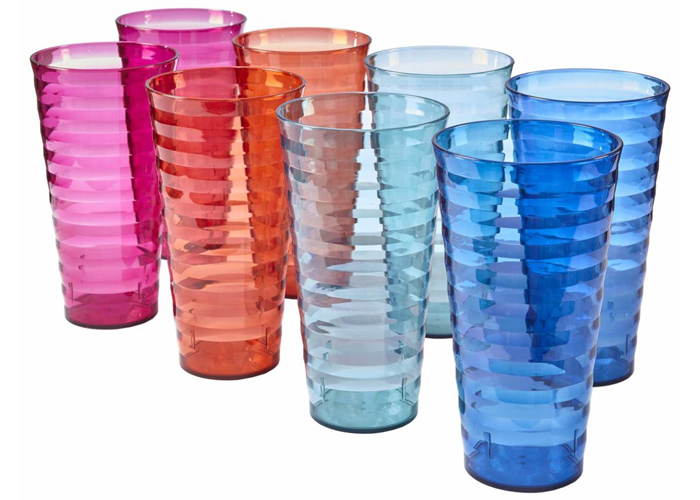
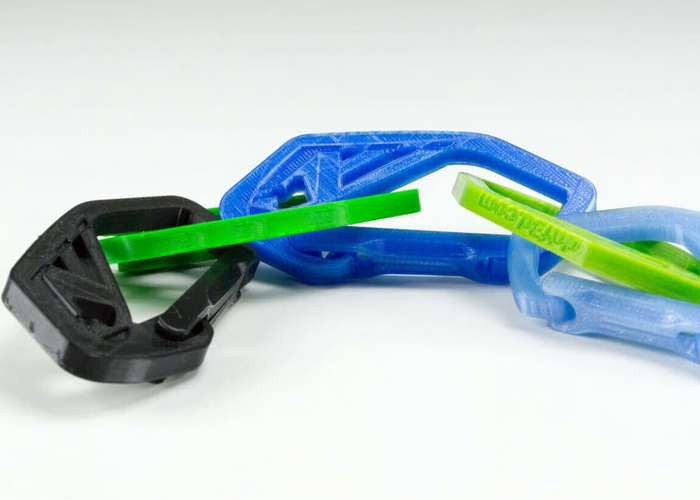
Polyethylene Terephthalate Glycol – PET with the incorporation of glycol. This glycol addition enhances flow properties but diminishes strength. PETG can be extruded to create bottles and can be formed into sheets for producing ‘blister’ style packaging.
Thermoplastic Elastomer (TPE) or Thermoplastic Polyurethane (TPU) – TPU finds diverse uses in applications such as automotive instrument panels, caster wheels, power tools, medical devices, as well as various extruded film, sheet, and profile applications. TPEs are employed across a wide range of applications in industries spanning automotive, medical, construction, electrical, appliances, packaging, and industrial sectors.
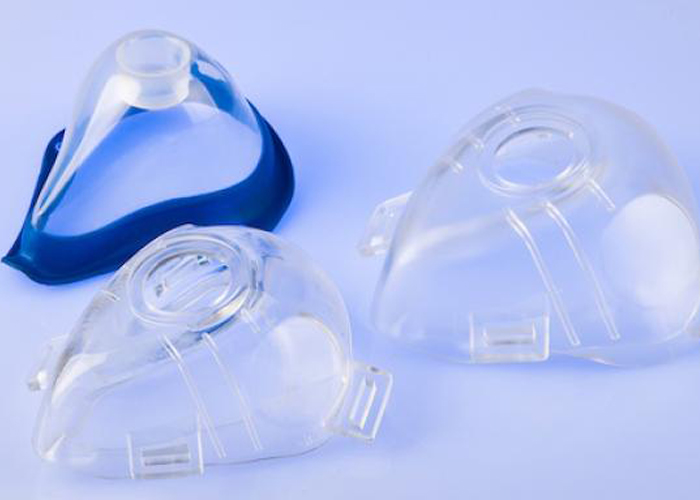
Frequently asked questions about our masterbatch
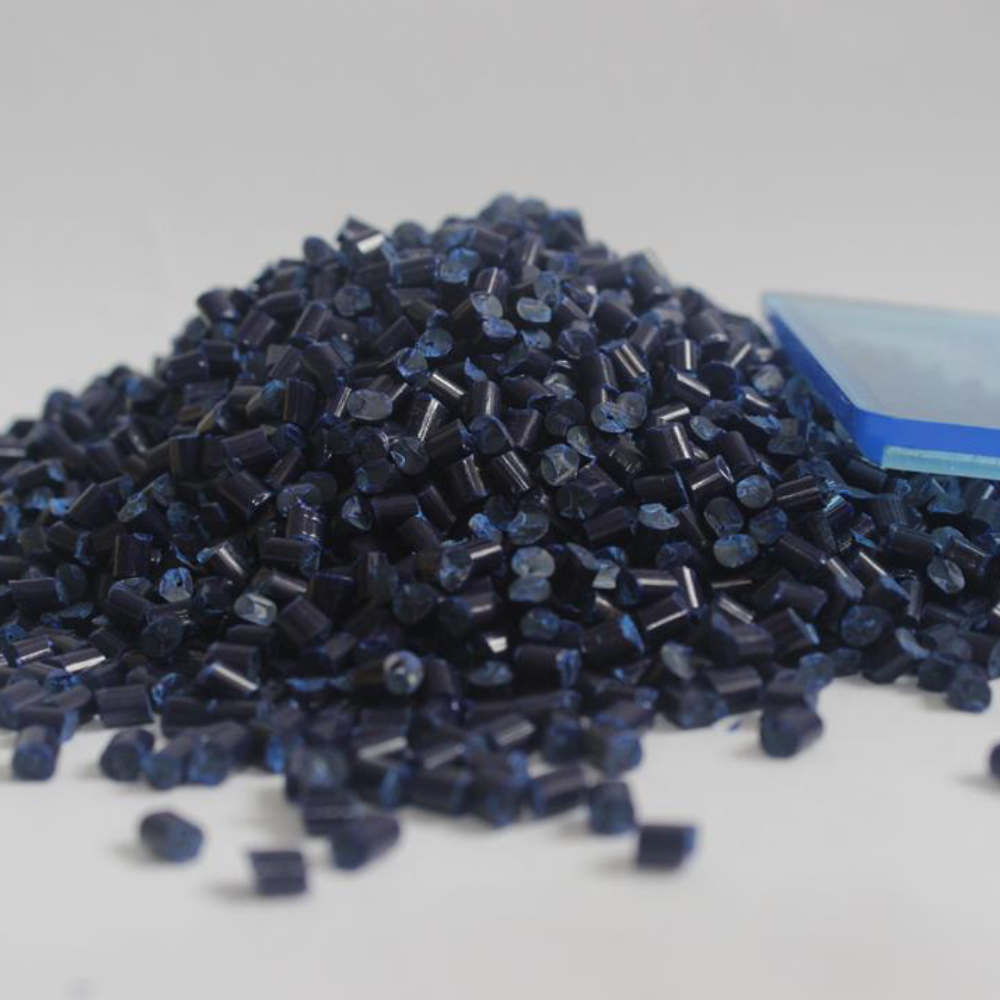
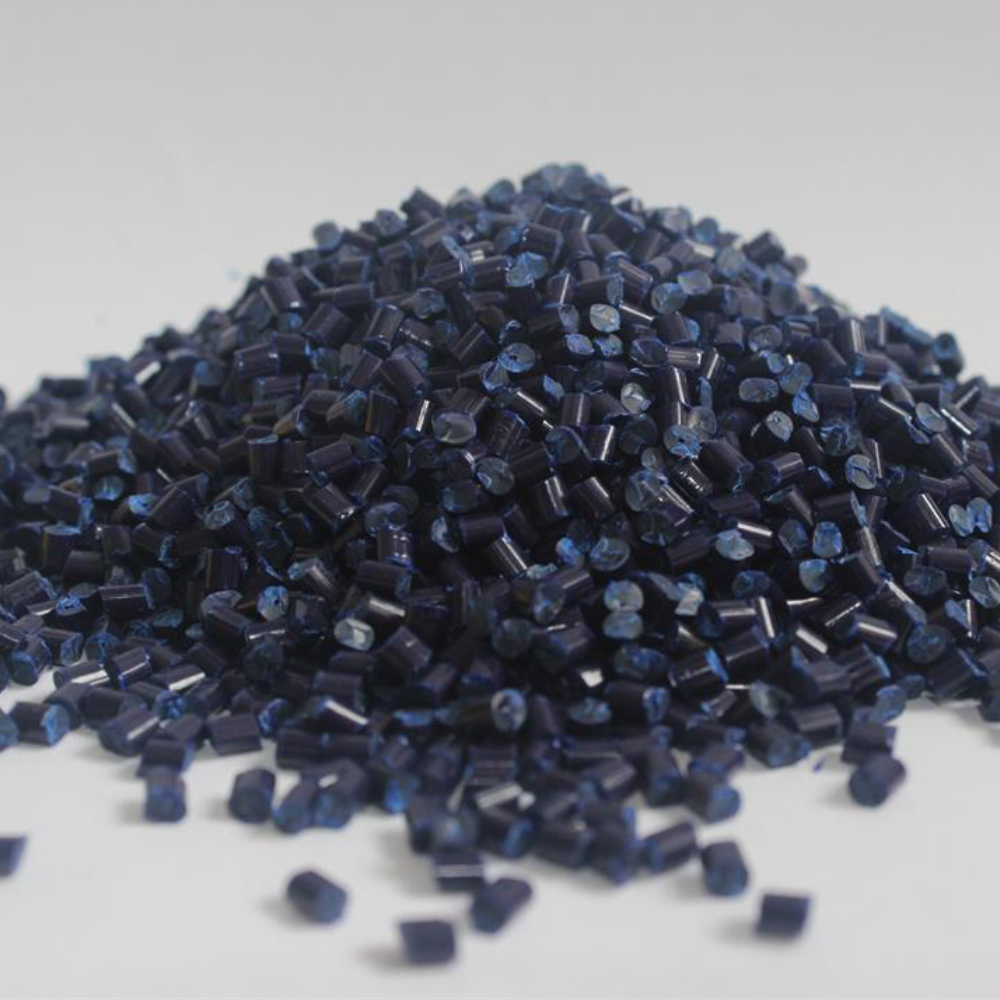
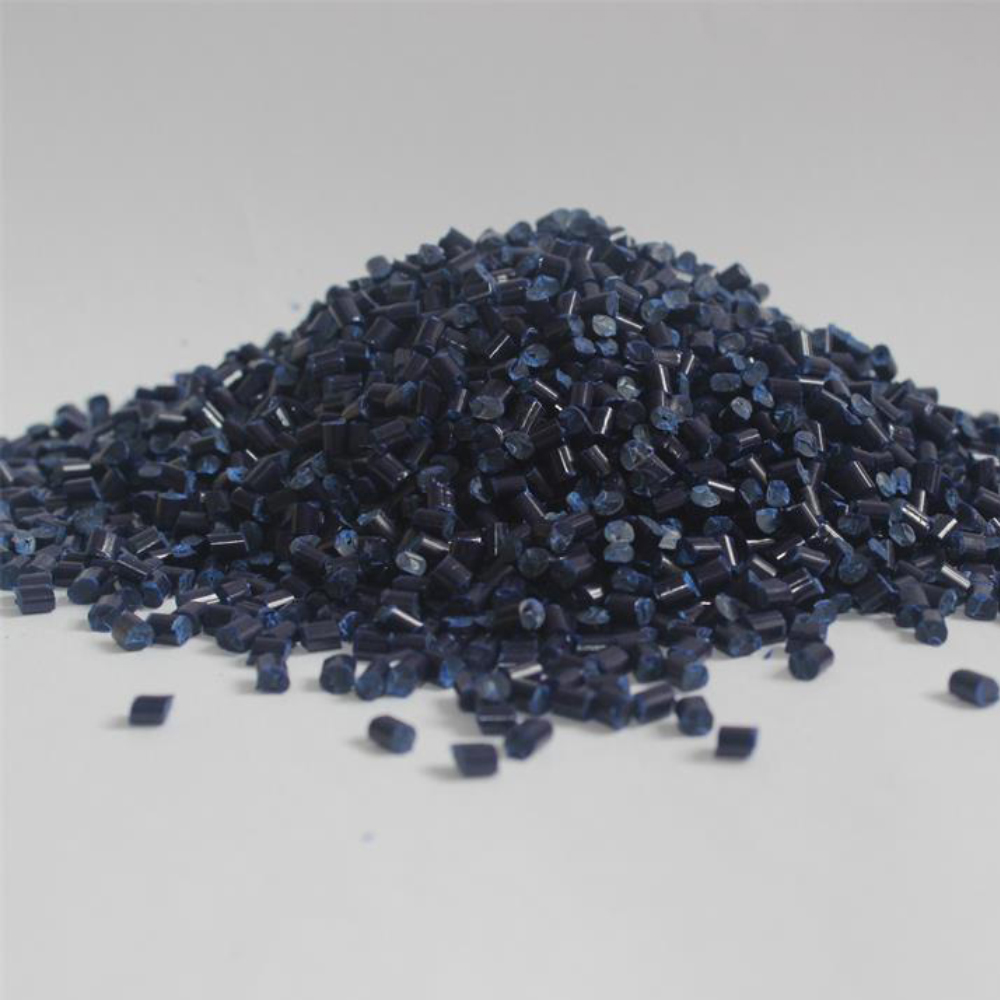
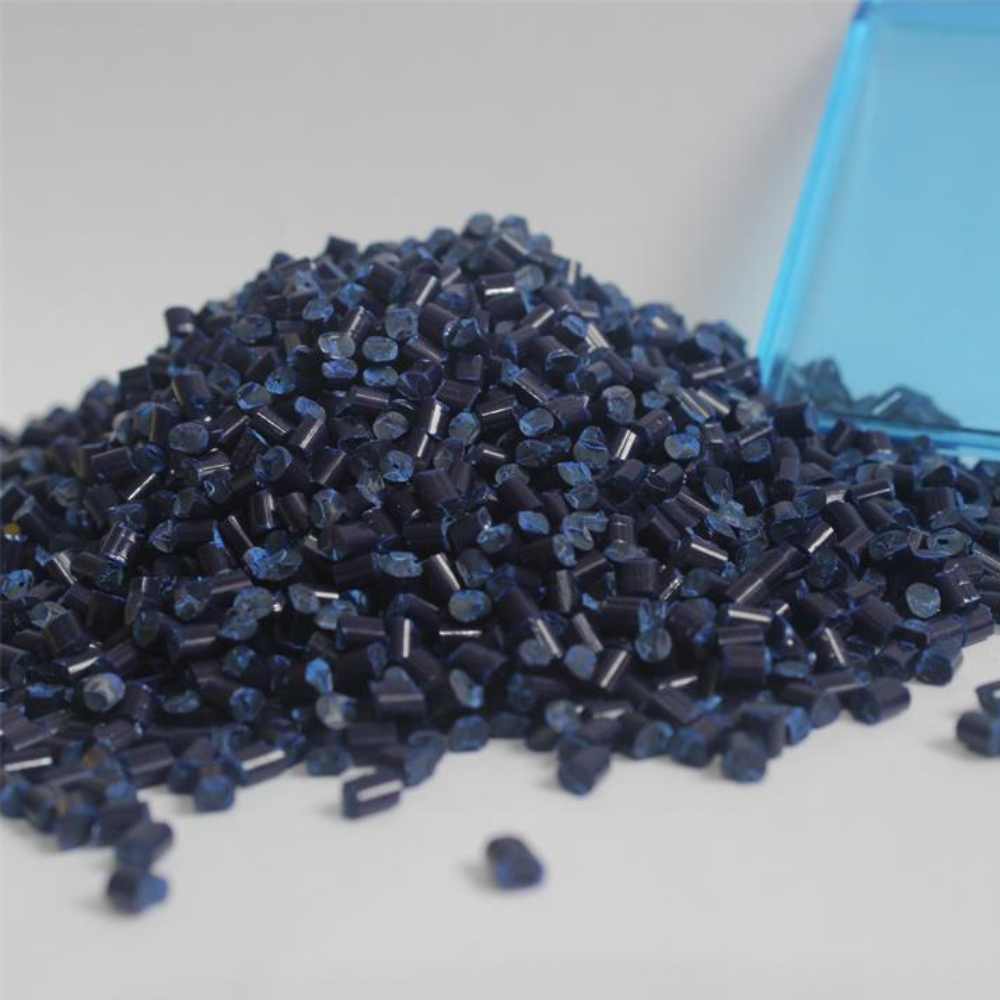
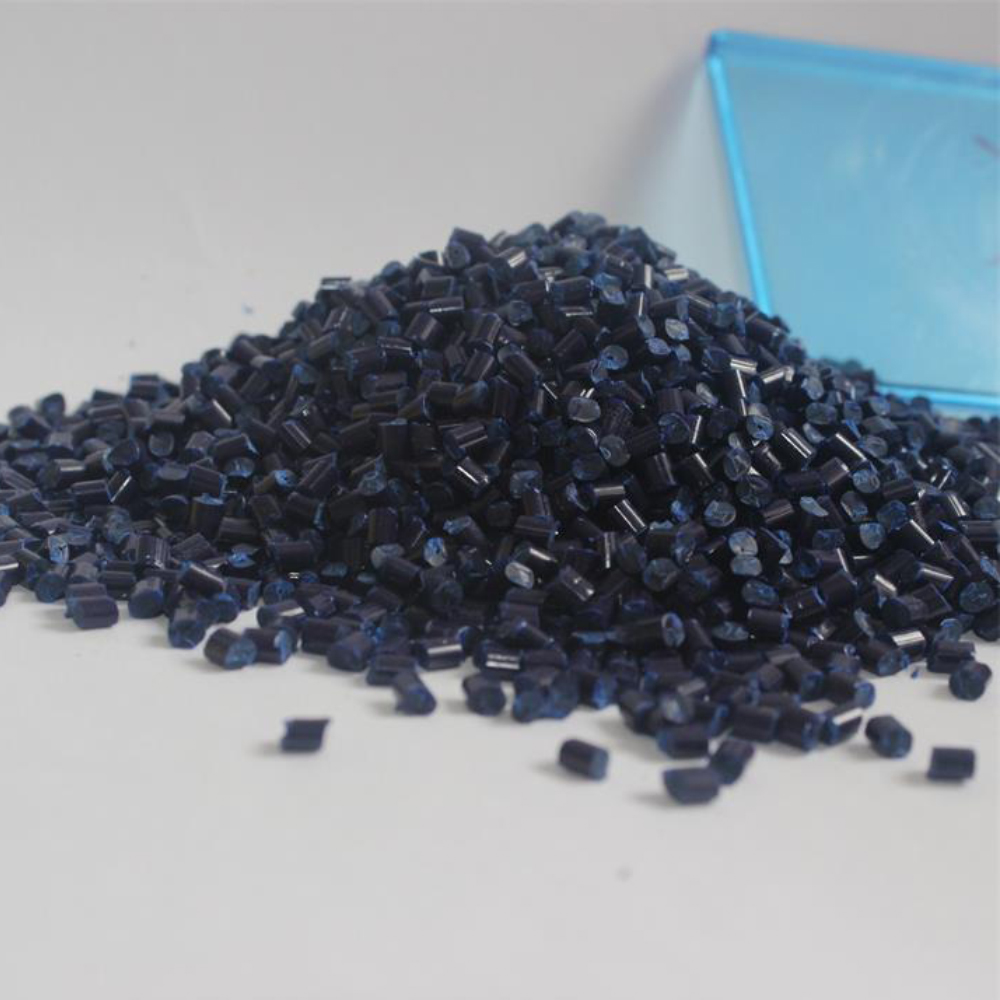
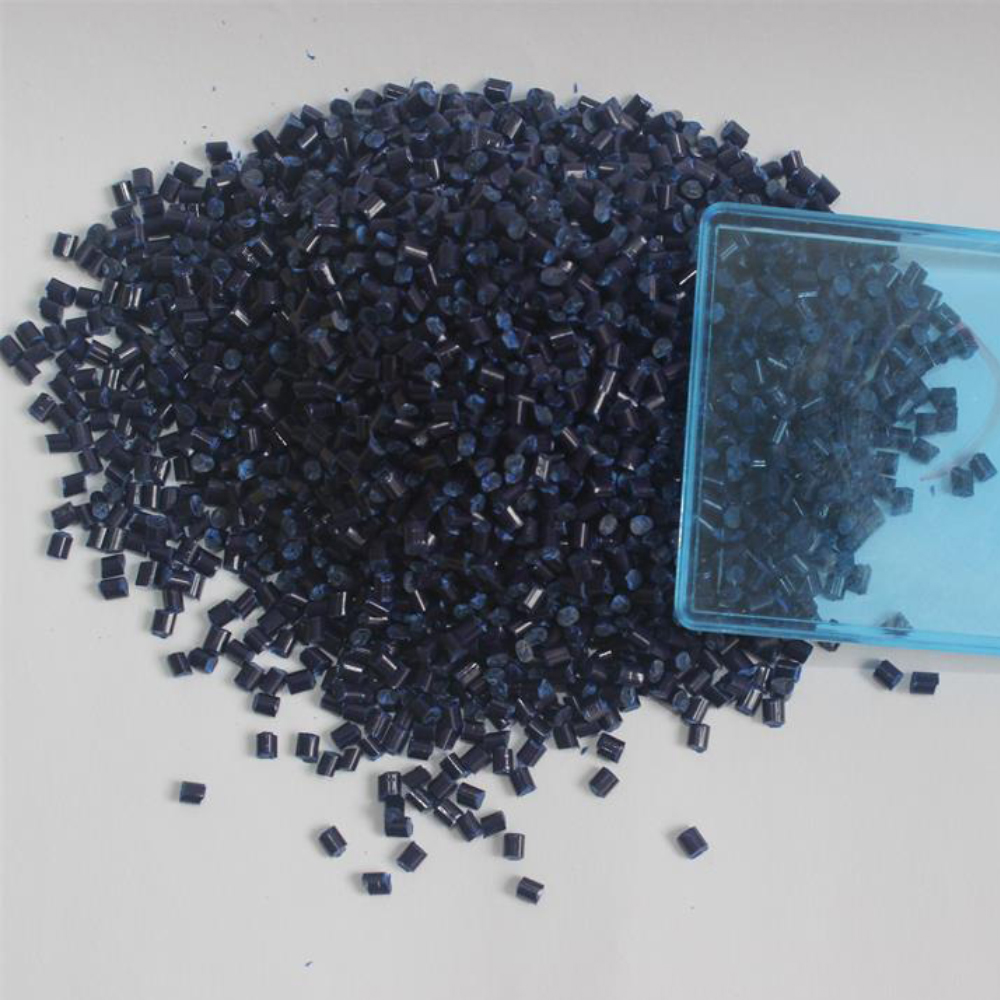
©2023. Masterbatch Manufacturer All Rights Reserved.
Our team will send back the best offer in 20 minutes.